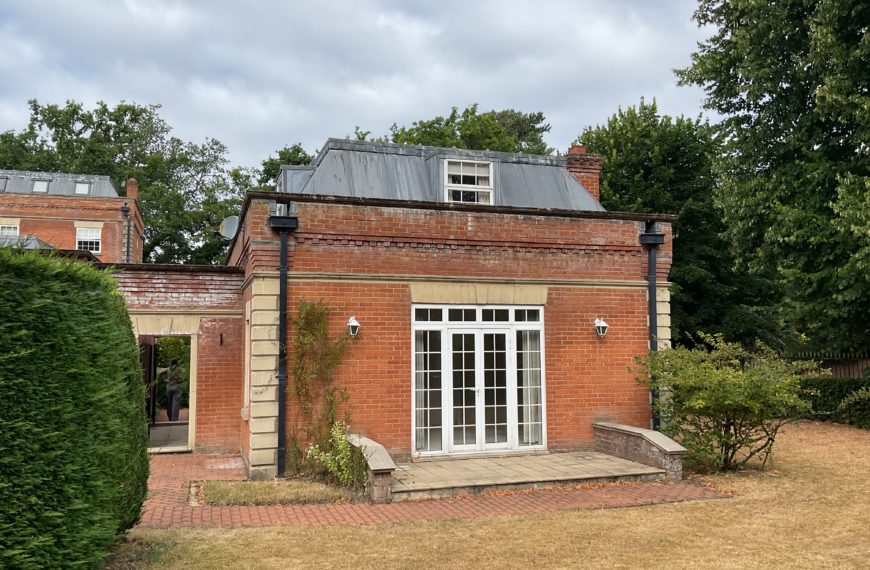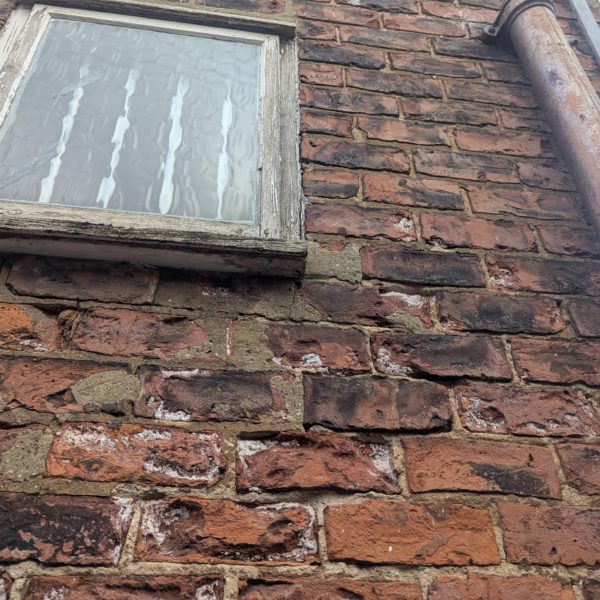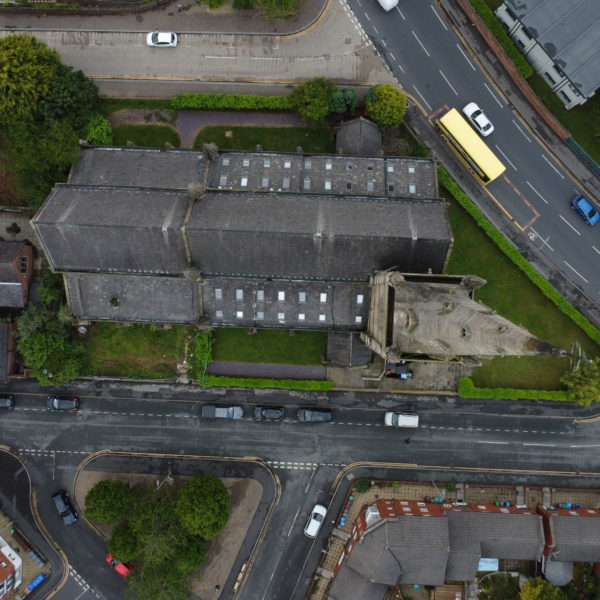Introduction
As chartered building surveyor specialising in dilapidations, we often see commercial tenants caught off guard by lease clauses that can dramatically increase dilapidations liabilities, sometimes years after an alteration has been made. This blog will help you understand the most impactful clauses, how they’re enforced, and what proactive strategies you can use to cushion or avoid surprise costs.

1. Full Repairing and Insuring (FRI) Obligations
FRI leases typically place the entire burden of repair and insurance on the tenant, sometimes requiring you to restore every element, from structural components to cosmetic areas. Without a Schedule of Condition to benchmark the premises, you may be liable for addressing issues you didn’t cause. Always negotiate to limit your standard of repair where possible.
2. Reinstatement Clauses after Alterations
Many leases include clauses requiring you to reinstall the premises to their original layout or condition, regardless of whether those alterations were permitted. These reinstatement obligations can extend beyond simple repairs and often merge into dilapidations claims at lease end.
Without carefully managing documentation, tenants can face reinstatement demands even if they performed alterations years earlier.
3. Limitation Act Loophole: A Hidden Defender You Might Miss
Here’s a strategic twist: in longer leases (over 12 years), the landlord’s right to enforce reinstatement for alterations may expire if no timely action is taken, thanks to the Limitation Act 1980. This window can serve as a powerful defence if alterations were done earlier and are no longer actionable.
4. Decoration and Reinstatement Mandates
Certain leases include periodic decoration requirements or mandated redecoration before lease expiry. These may be buried in maintenance or yield-up clauses, posing a significant liability if overlooked. Without clear delegation or exemption in your documentation, estate-wide cyclical obligations can trip tenants up unexpectedly.
5. Break Clauses and Dilapidations: A Double-Edged Sword
Break clauses, designed to give both parties flexibility, can have hidden dilapidations implications:
- If you choose to break early, you may still be on the hook for dilapidation liabilities unless the clause clearly excludes them.
- Similarly, landlords may enforce stringent reinstatement or decoration requirements as a condition of permitting the break.
Understanding these interplays can save you thousands and should always be negotiated or legally reviewed before signing.
6. Yielding-Up Provisions: More Than Vacancy
Clauses requiring you to yield up the property “in good and substantial repair and condition” don’t always explicitly reference alterations, but they can be held to include reinstatement, depending on interpretation. That means a seemingly innocuous wording can trigger financial responsibility for restoration, even if the alterations themselves didn’t breach lease terms.
Hidden Insight Most Tenants Miss
Supersession and Late Notice Protections
If a landlord serves notice to reinstate alterations too close to lease termination, courts often allow tenants a reasonable extension to complete required works—rather than penalising them immediately after lease end. Reviewing and negotiating clear notice timelines in your lease can help ensure fairness and deliverability.
Conclusion
Unexpected dilapidations costs often stem from contract clauses that are easy to overlook. Here’s your essential strategy:
- Avoid open-ended liabilities under FRI leases without proper safeguards.
- Document alterations and permissions thoroughly to support or avoid reinstatement demands.
- Leverage Limitation Act protections when applicable.
- Build flexibility into break and yield-up provisions to manage timing and timing-based loopholes.
Engaging a surveyor and solicitor early to dissect these clauses can save you from costly surprises later.
Calculate your survey costAbout Fourth Wall Building Consultancy
Fourth Wall Building Consultancy specialises in UK commercial property dilapidations, offering expert surveying and consultancy services tailored to landlords and tenants. We offer:
- Highly Experienced Chartered Surveyors with a proven track record in dilapidations claims.
- Transparent Pricing Models to help clients budget effectively.
- Early Engagement Approach, minimizing costly end-of-lease surprises.
- Comprehensive Reporting using the latest digital tools for clarity and precision.
- Dispute Resolution Support to avoid expensive litigation.
Related Services
- Dilapidations surveys and schedules
- Pre-Lease compliance and condition assessments
- Building condition reports and maintenance planning
- Dispute negotiation and expert witness support
Frequently Asked Questions (FAQs)
Q1. What exactly is an FRI lease and why is it risky?
An FRI (Full Repairing and Insuring) lease places all repair costs, maintenance, and insurance premiums squarely on the tenant, often with no exemptions. Without documented condition baselines, tenants risk being responsible for historic or design-rooted defects.
Q2. Can landlords ask for reinstatement years after alterations?
Yes, unless limited by the Limitation Act 1980, which typically prevents claims for reinstatement more than 12 years after an alteration.
Q3. How can break clauses complicate dilapidations risk?
Break clauses may still allow landlords to enforce dilapidation liabilities, such as decoration or reinstatement, even if you exit early. Tightly wording your break clause to exclude or clarify these obligations is essential.
Q4. Can vague yield-up wording trigger reinstatement demands?
Yes. Wording like “yield up in repair and condition as per lease obligations” may legally include alterations—even if not explicitly stated. Always review such clauses carefully









